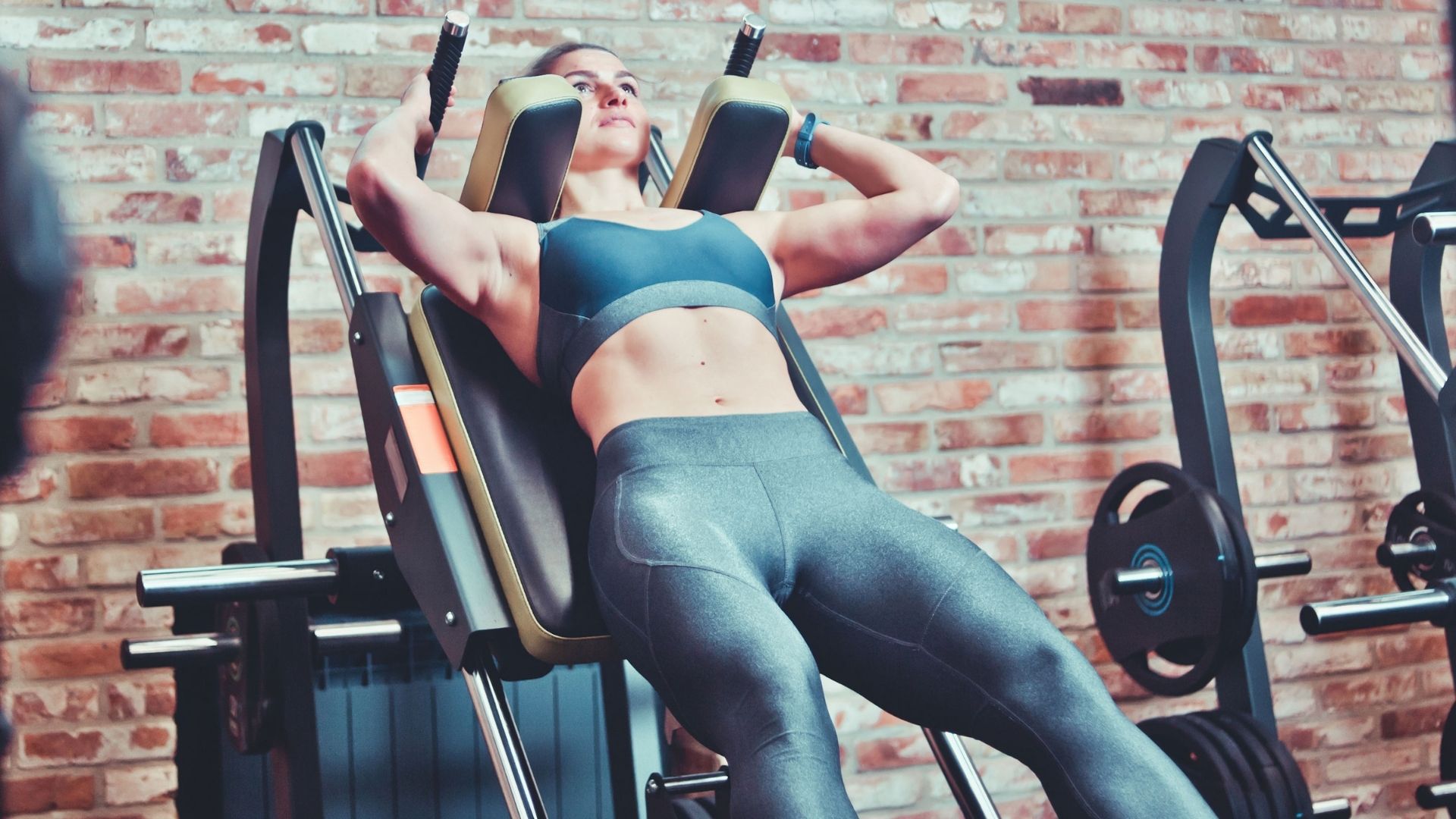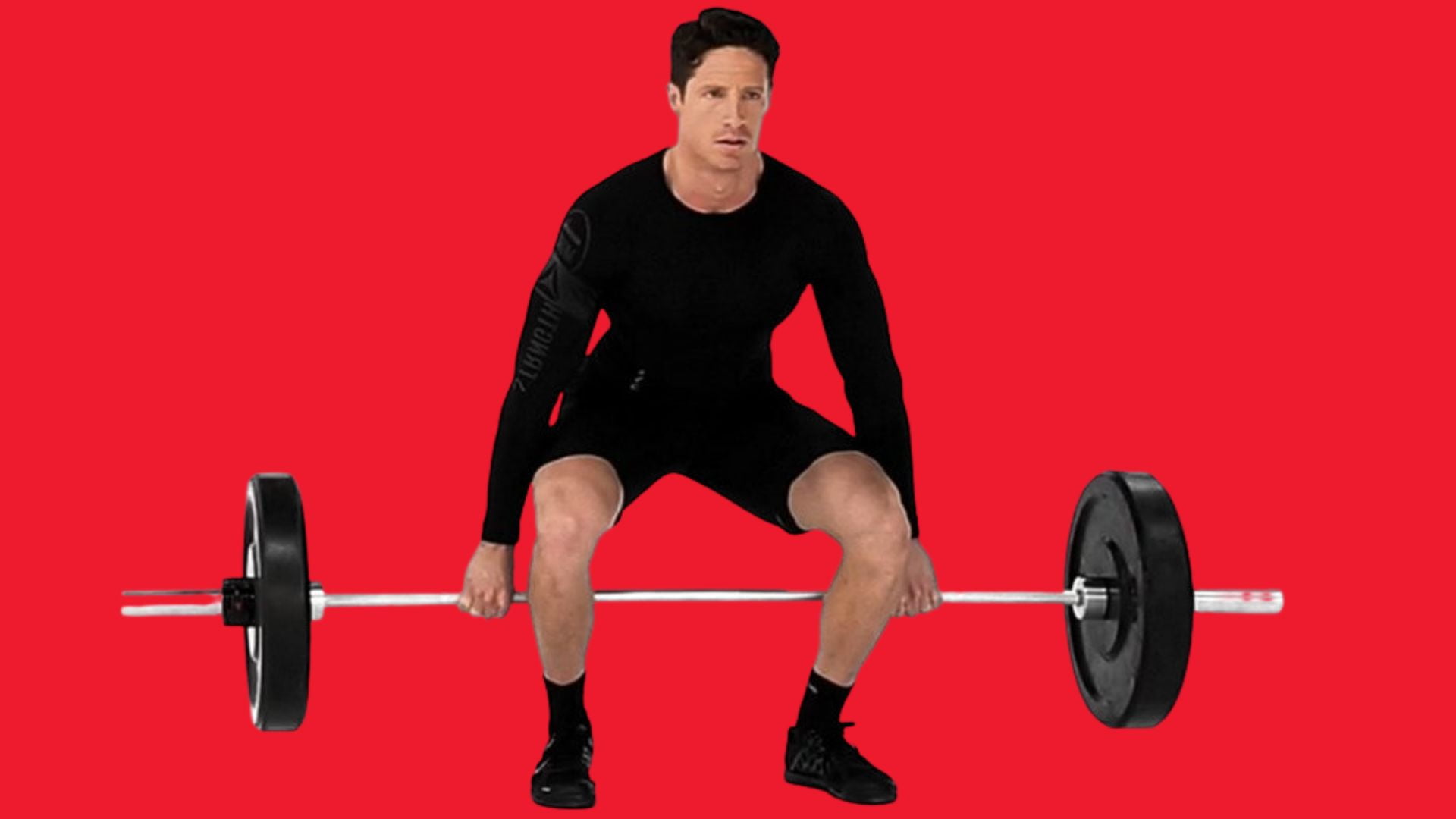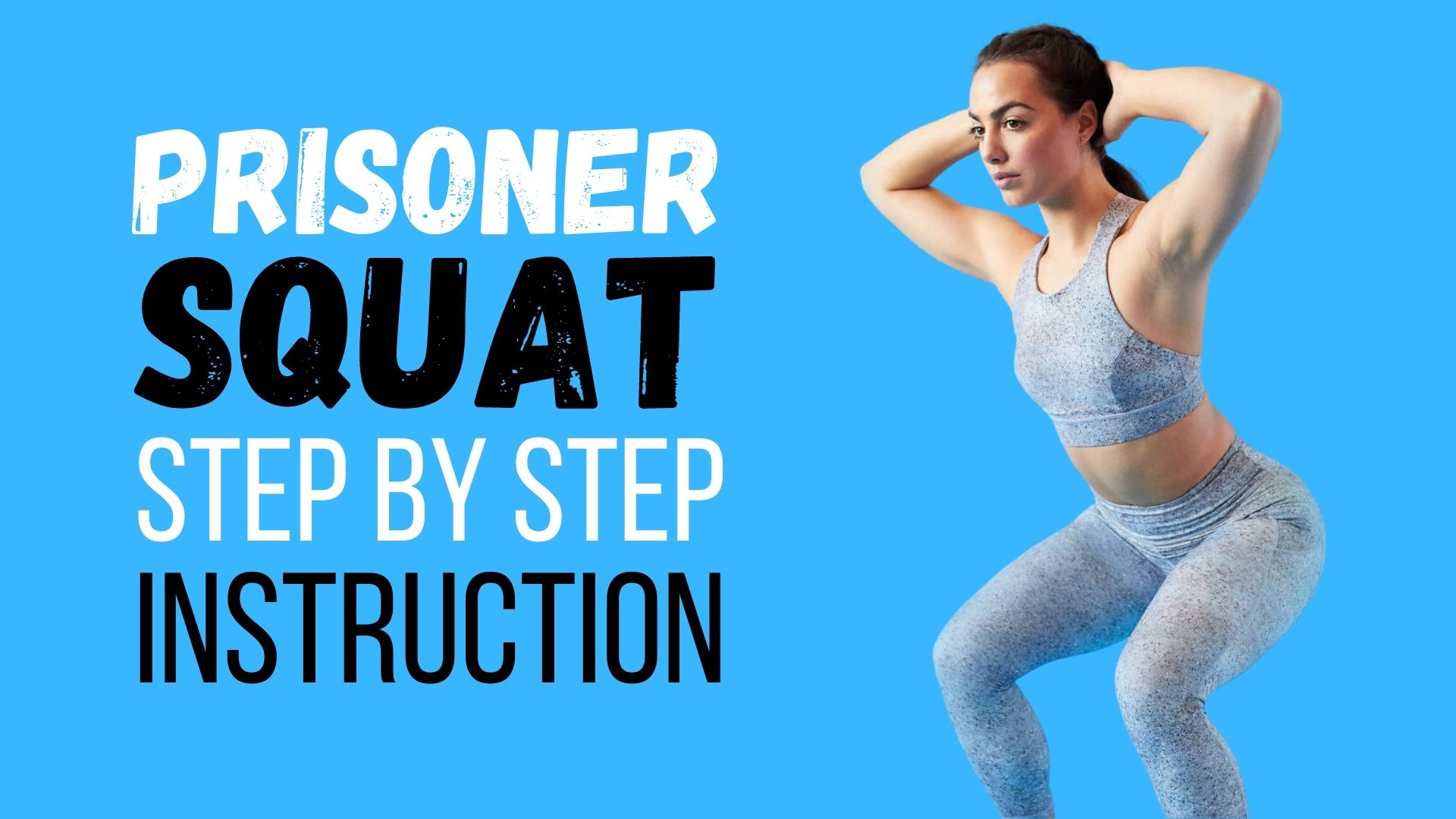
Prisoner Squat: The Classic Bodyweight Exercise You Need
The Prisoner Squat, a strength exercise, targets your glutes and quads.
This exercise’s name is derived from the “prisoner” arm position (hands behind your skull), which helps stabilize your core, back, and shoulders.
This is a great exercise to warm up and strengthen your legs.
How To Perform A Prisoner Squat?
Step #1
- Your legs should be slightly wider than your hips, and your feet should be parallel to your body.
- Place your arms behind your head and lift your hands.
Step #2
- Keep your elbows straightened and your chest lifted.
- Next, bend at your hips and knees to reach a sitting position.
- Repeat the process.
Prisoner Squat Benefits
You won’t get in trouble for doing prisoner squat.
This exercise can be done anywhere you like, so there is no need to go to the gym.
As we have already mentioned, prisoner squats work the same way as prisoners do squats.
Your arms will not maintain balance if your hands are locked behind your head.
Your leg strength will determine how strong your body is.
You can increase your leg, core, and glute strength by restricting your hands’ movements while requiring your legs to lead.
You can also do the prisoner squat for cardio.
Prisoner Squat Variations
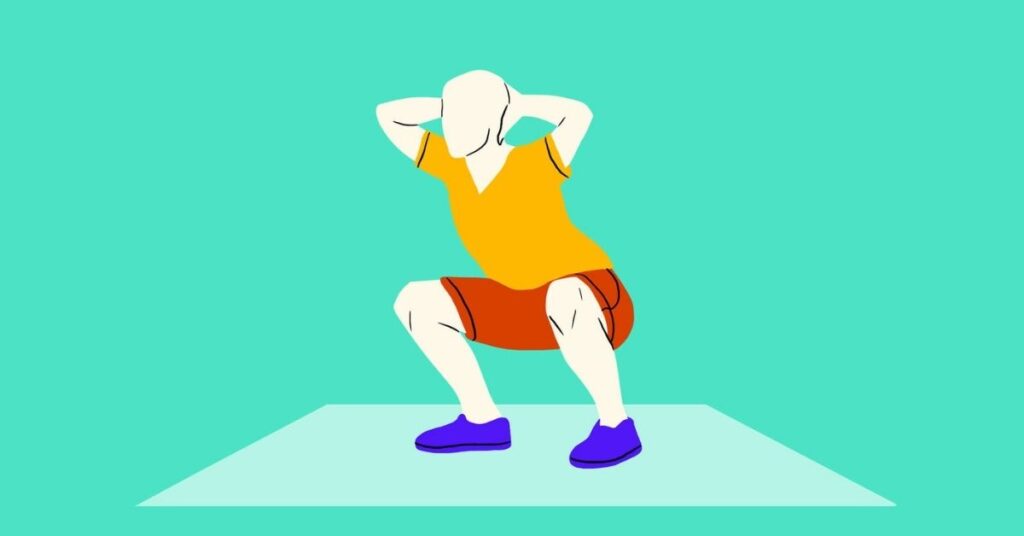
For beginners, prisoner squat does not require any equipment.
However, certain variations of prisoner squats can be done with additional weights.
Here are some explanations for other prisoner squat variations.
#1 Prisoner Box Squat
For beginners, the prisoner box squat works well.
Just prepare a box but not too high.
The first variation of the bodyweight box squat is identical to the standard version but requires a more balanced position.
Your first attempt will be a bit more difficult due to the box.
#2 Prisoner Jump Squat
The prisoner jump squat is almost identical to the original prisoner squat.
Follow the steps above:
- It would be best if you got off the deck as far as possible.
- It would be best if you squatted once you’ve landed.
- This is the same position you started the exercise in.
- Ensure your hands are not in front of your head while you jump.
#3 Advanced Prisoner Squat
If you are already doing an exercise program, this variation is beneficial.
For more difficulty, hold weights in your hands with both hands.
You can even jump while you are doing the squat.
#4 Prisoner Squat For Prenatal
This variation is recommended for pregnant women.
You will need to use an exercise ball to support your back while performing this exercise.
You don’t have to squat too low.
#5 Prisoner Squat For Weak Lower Back
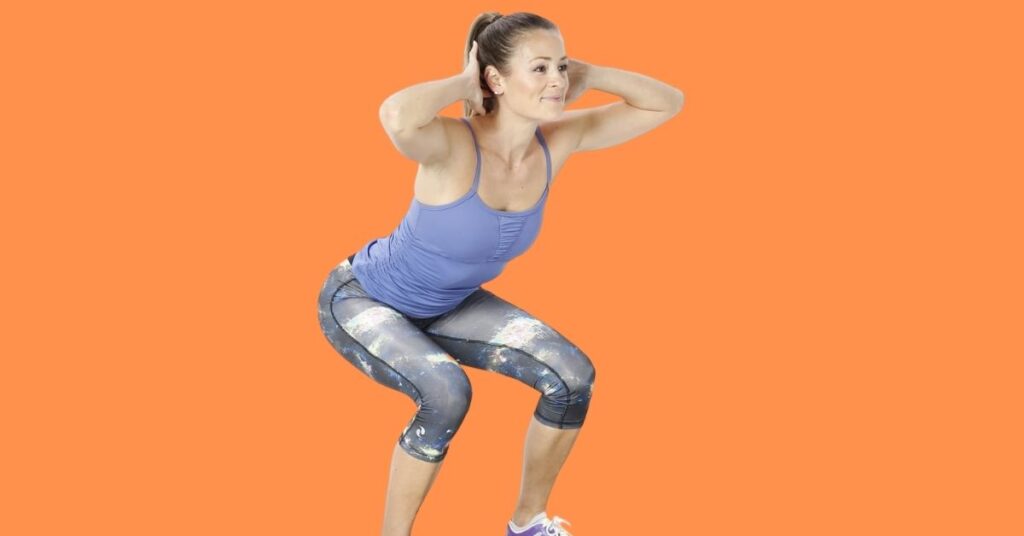
You can do a prisoner squat against a wall if you have a weak lower back.
To get additional support, use an exercise ball and keep your core engaged.
Prisoner Squat Tips

This is the best way to learn how to squat vertically if you have trouble squatting with a dumbbell.
Toe angle can vary from one person to another.
It would be best to experiment to find what works best for you.
While some may require a more significant toe flare, there could be a problem with your ankle mobility if your toe flare is more than 15-20 degrees.
It could be a problem with your limb length.
However, it is not something you can fix.
It would be best if you drove the entire foot.
You need three points of contact: big toe and little toe.
Imagine that you are trying to reach your heels with your back pocket.
Not back.
Forward translation of the knees above the toes is acceptable, provided the knees do not deviate too far inward or outward.
Those with longer femurs must allow their knees to move forward if they wish to stay upright.
Please do not push your knees too far out, but make sure they align with the 2nd or 3rd toe.



